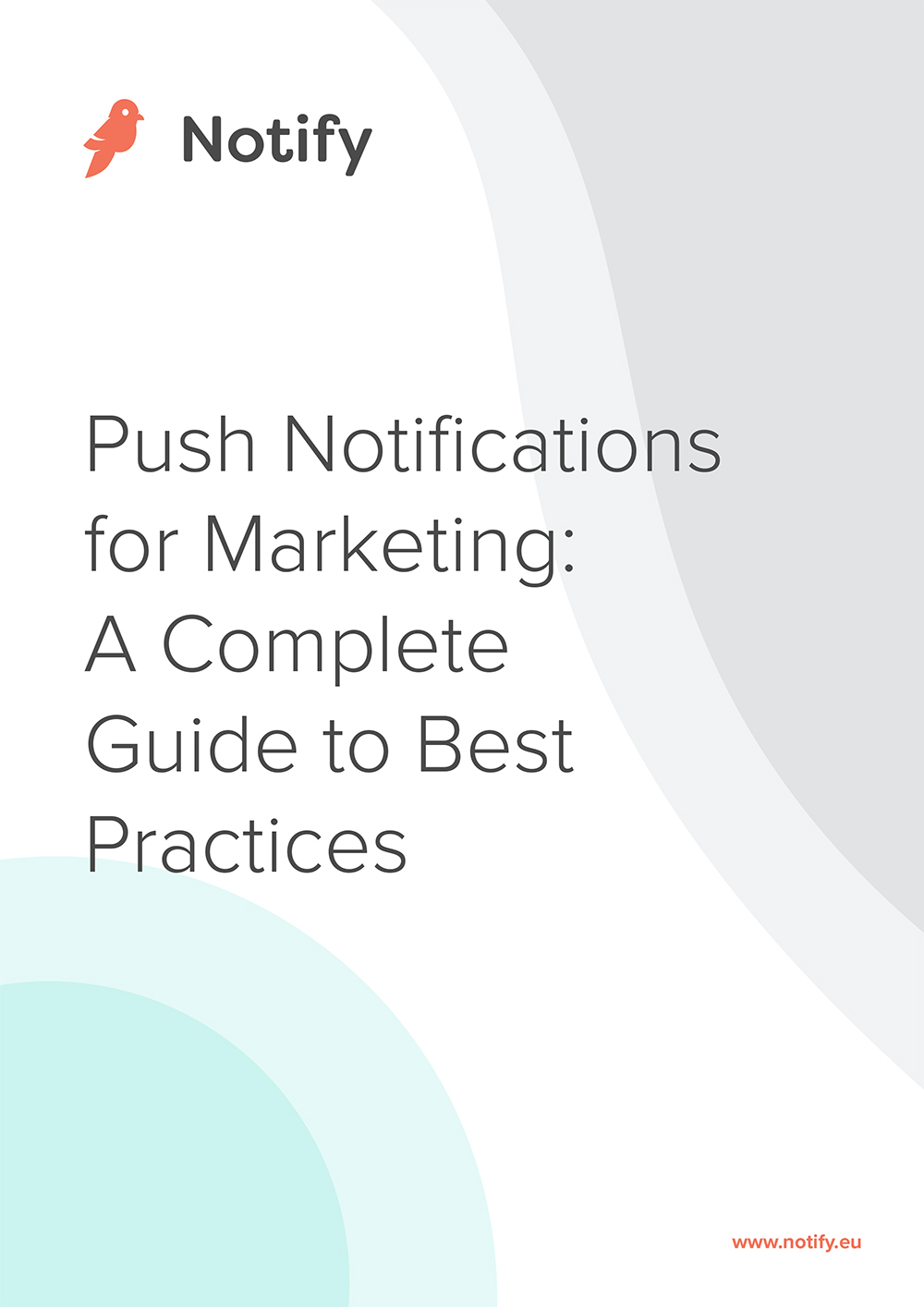Sending push notifications to your users can be a challenging balancing act. There is a certain art to getting it right and users can easily opt out if they receive too many or they don’t find them relevant enough. Using the right push notification strategy can mean engaging with your users in a way that increases retention rate and the use of your app or website. In fact, sending mobile app push notifications can boost app engagement up to 88% according to a survey.
The key to truly engaging with your audience through push notifications, that stop them from disabling them, is personalisation. You’ve probably heard of this idea when it comes to personalised marketing and profiling or segmenting customers. Personalising the messages you send to your user base helps them resonate with your brand by eliciting feelings of relevance and that you understand them. It’s possible to use the data you collect on customers already to help craft tailored messages.
What is personalisation?
Personalisation is when you use the information you have about someone to create a unique message that is relevant in content and it’s timing.
A basic, commonly used personalisation type is a person’s name, which can help a user feel like you are speaking directly to them, rather than mass messaging. Effective personalisation is so much more than this if you utilise the large volumes of data that most businesses collect on users’ actions and other behaviour. With personalisation, you can reach your customers with unique messages at the times they want to hear from you.
How to personalise push notifications
The data you already have on your customer is likely comprehensive and tells a story of their behaviour with your product. A successful personalisation strategy contains triggers for specific events or actions that the user takes, that result in a targeted and timely notification being sent.
It’s key to use a platform that offers integrations that allow you to feed in near real-time data, say from a CRM system. This way, the attributes specified can trigger engaging push notifications by segmenting the audience.
An example of a timely, highly personalised message is, “Hi [Name], thanks for signing up to attend [Event name]. This is a reminder that it begins in 1 hour. Here’s the link to attend [Event Link].” This type of notification serves as a useful reminder so it has a specific purpose and doesn’t appear spammy, as it’s talking about something the customer signed up for.
What are the benefits of personalisation?
Personalisation makes the user feel like they’re having a one-to-one conversation as opposed to receiving mass sent messages from a company. This should be the goal with all content as people want to feel they’re having a conversation instead being spoken at.
It may be possible to re-engage members of your audience by sending them push notifications if they’re opted in to receive them. If through segmentation, you can identify people who have stopped interacting with your application or website, you could try to re-engage with them, via a push notification. It could be as simple as reminding them of your services or delivering a discount code straight to their fingertips.
How often should you send push notifications?
Remember that when users receive your notifications, the message appears right on the screen of the device being used, which means its highly likely that they’ll see the message. This is why for many people, notifications can become a problem if they’re too frequent or uninteresting.
The ideal frequency of sending notifications will depend on the industry you’re in and other factors. It’s a good idea to try and determine this sensibly when you develop a push notification strategy. According to a survey in 2018, 90% of people are willing to receive one push per week without disabling notifications. This is positive news and should encourage businesses to experiment with creative ideas.
It’s proven that personalised messages increase the happiness customer feel towards brands, with 75% of consumers saying they are more likely to buy from a retailer if they use personalisation.
Want to learn more about push? Read about the best time to send push notifications.
Work better, faster and smarter
Notify connects existing messaging services – like text messages, mail or push notifications – into one simple API.
